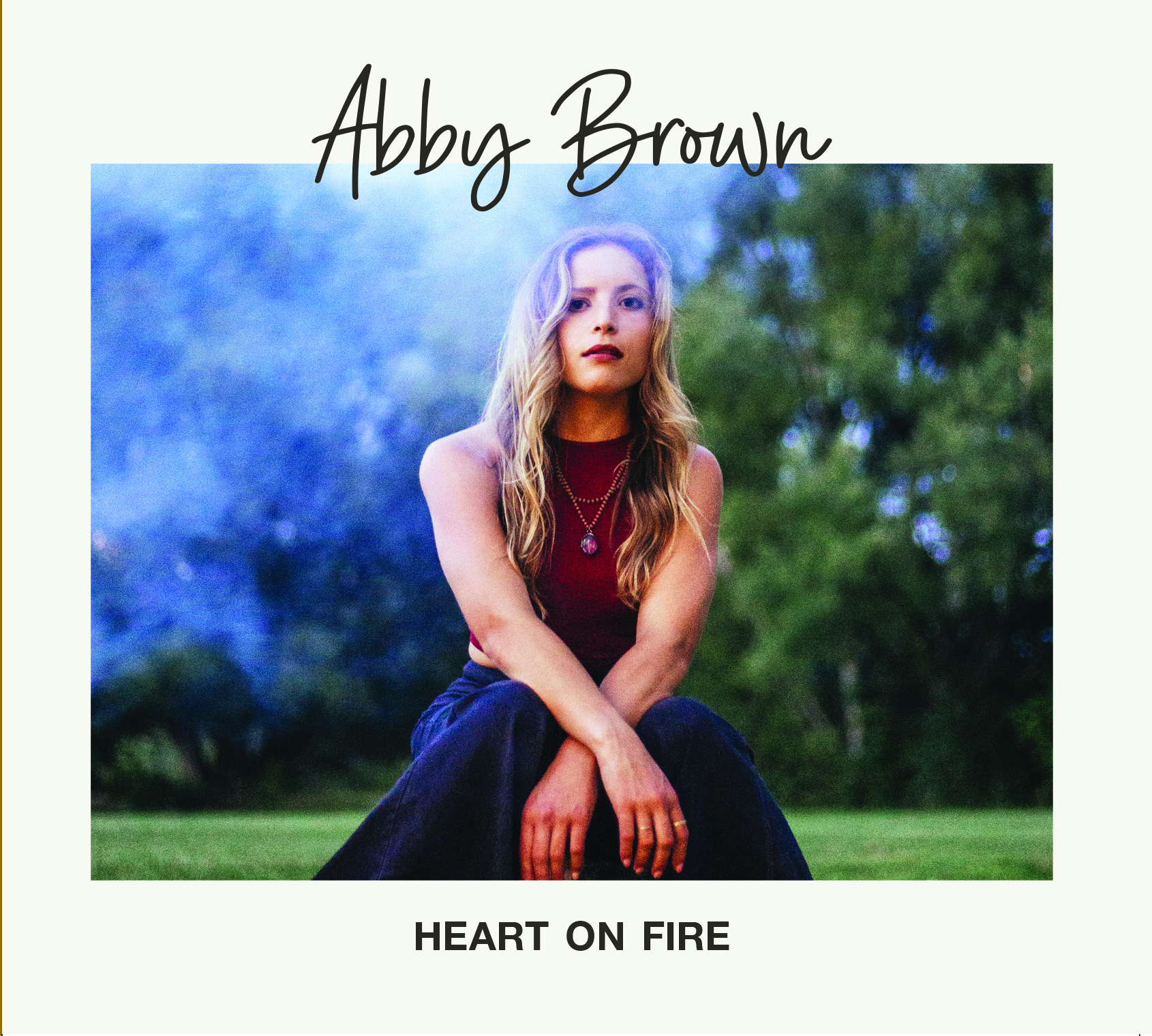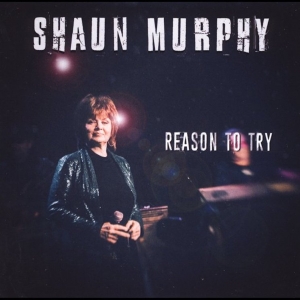Articles
Henrietta Swan- Get Together (click on image to watch video)
12 May 2020
The first helpful piece of info one needs to know about Henrietta Swan is that there is no Henrietta Swan — not in the band, anyway. The name was chosen in homage to astronomer Henrietta Swan Leavitt, who lived from 1868 to 1921. It’s also helpful to know that they’re not really a band — not in the traditional sense, that is. Describing themselves as a collection of “musicians, poets and engineers from different parts of the U.S.,” they do most of their collaborating virtually, then sandwich the parts together in a Nashville studio.Trouble is, this EP’s four tracks do sound more like they were engineered than performed. The elements are there, but so is the sense that they were stitched together digitally, rather than fitting together as organic parts of a whole. Songs put together that way often wind up sounding overproduced, and these are no exception. For example, in “Road to Hell,” a Chris Rea cover, and “Odessa,” one of two originals, Gary Gladson’s guitar solos, as impressive as they are, seem to be inserted more because they’re impressive solos than because they serve the song. The band characterizes its sound as Americana, but it’s more a pastiche of sounds — including some shredding, bits of psych rock, suggestions of Fleetwood Mac … if all the engaging bits and pieces bouncing around in these songs like atomic particles could bond into a more cohesive whole, they might have more gravitational pull.Their version of “Get Together,” the timeless classic written by Chet Powers (aka Dino Valenti) and made famous by the Youngbloods, is pretty and soulful, with nice mandolin work by Ethan Ballinger and outstanding fiddle by Luke Bulla. But the fairydust backing vocals sprinkled over Lauren Shera Levine’s leads, and the effects added to her vocals, are unnecessary distractions; so is changing “smile on your brother” — a lyric deeply imprinted on our collective psyche — to “smile on each other” just to make it gender neutral.But those issues are less worrisome than the one that presents itself with the final track, “Unfold.” In just a few seconds, that “where have I heard this before” feeling coalesced into solid recognition; it’s far too close to Patti Smith’s “Dancing Barefoot” for comfort. There’s no question that those involved have talent; they just need to get their orbits into alignment. —

Lynne Margolis is a Pittsburgher-turned-Texan freelance writer/editor whose work has appeared in: NPR, Christian Science Monitor, The Grammy, American Songwriter, Austin Monthly, Lone Star Music Magazine
To Read All of Lynne's Reviews, Click Here
Abby Brown- Heart On Fire (click on image to watch video)
14 April 2020
In the space of a few songs on her Heart on Fire EP, Abby Brown establishes herself as a formidable singer and songwriter who has no problem shifting from peppy, yet earthy pop to flamenco-rhythmed declarations of passion to the bittersweet sadness of a breakup ballad.
Produced by John Heithaus and Pete Young and recorded at Zac Brown’s Southern Ground studio in Nashville, Heart on Fire contains three Brown originals, each with distinct charms. “Every Day of My Life” is a winsome, lightly funky snapshot of domestic harmony, of the sort newlyweds might revel in. Handclaps and Hammond organ deck it out, without over-embellishing.
While Brown sings of lighting candles and setting the mood in “Every Day,” “Heart on Fire” is all about ignition — and blast-off. As Ethan Ballinger’s Spanish guitar sets the tone, Brown comes in, low and breathy at first, then climbing close to high soprano range as the heat rises. You don’t know the power of attraction till you’re there/caught in the moment when his hands run through your hair, she sings, as the tempo changes to a canter. It’s a cool, sexy interlude — whether real or fantasy; it’s rather nebulous.
In “Love Release Me,” Brown fills her voice with the ache we’ve all felt when a lover leaves us, but we can’t let go. Strings and piano echo and intensify the emotion in her voice. She closes the album with a stripped down version that’s also affecting.
Between those two takes, Brown covers Maren Morris’s “Sugar,” and does a fine job. But the song itself has the flavor of artificial sweetener, as if it was created by algorithms. As song about lust go, Brown’s original is much better than this one. If she chooses to cover something on her next release, it should be a song that’s more worthy of her talents.

Lynne Margolis is a Pittsburgher-turned-Texan freelance writer/editor whose work has appeared in: NPR, Christian Science Monitor, The Grammy, American Songwriter, Austin Monthly, Lone Star Music Magazine
To Read All of Lynne's Reviews, Click Here
Shaun Murphy - Reason To Try (click on image to watch video)
18 January 2020
If Shaun Murphy’s name sounds familiar, it could be because she spent 16 years singing in Little Feat. Or it could be her credit on Eric Clapton’s “Behind the Sun” album and tour, or the years she’s spent singing with Bob Seger. Her 20-feet-from-stardom story includes many more instantly recognizable names, but it’s her own versatility that keeps her busy backing up those top talents.
The 14 songs on “Reason to Try,” produced by Kevin McKendree (Delbert McClinton, Tinsley Ellis) stands as a resounding testament to that versatility. Supported by guitarists Kenne Cramer and Tommy Stillwell, B3 player Eric Roberts, bassist John Marcus, drummer Tom DelRossi, saxophonist Miqu Gutierrez and pianist McKendree, Murphy leaps among genres with astonishing ease. Blues and gospel form her foundation; from there, it’s not much of a stretch for her to visit funky town, smoky bars, raucous dancehalls or cypress swamps.
Coming right out of the gate with the powerful groove of “Hurt Me Good,” she proves so adept at shifting styles — in a single song — it’s a bit dizzying.
Murphy slips on her chanteuse gown and gloves for the torchy “Thang for You” and “Don’t Come Crying to Me” and laces gospel with jazz in “Dancing in the Sun.” She pours honky-tonk over the dance-blues of “Can’t Blame Nobody But Me” and the uptempo R&B of “Love the Man,” and waves at Tina Turner in “Turn Me On.” On the soulful “Someday,” Murphy nods to her musical theater background and somehow makes her blues sound simultaneously smooth and gritty on “Reason to Try.”
It starts to get a bit repetitive somewhere along the way, and the ZZ Top guitar riffs on “Rumor Mill” sound too close for comfort, but all in all, it’s a fine effort from a woman who deserves far more time in her own spotlight.

Lynne Margolis is a Pittsburgher-turned-Texan freelance writer/editor whose work has appeared in: NPR, Christian Science Monitor, The Grammy, American Songwriter, Austin Monthly, Lone Star Music Magazine
To Read All of Lynne's Reviews, Click Here





